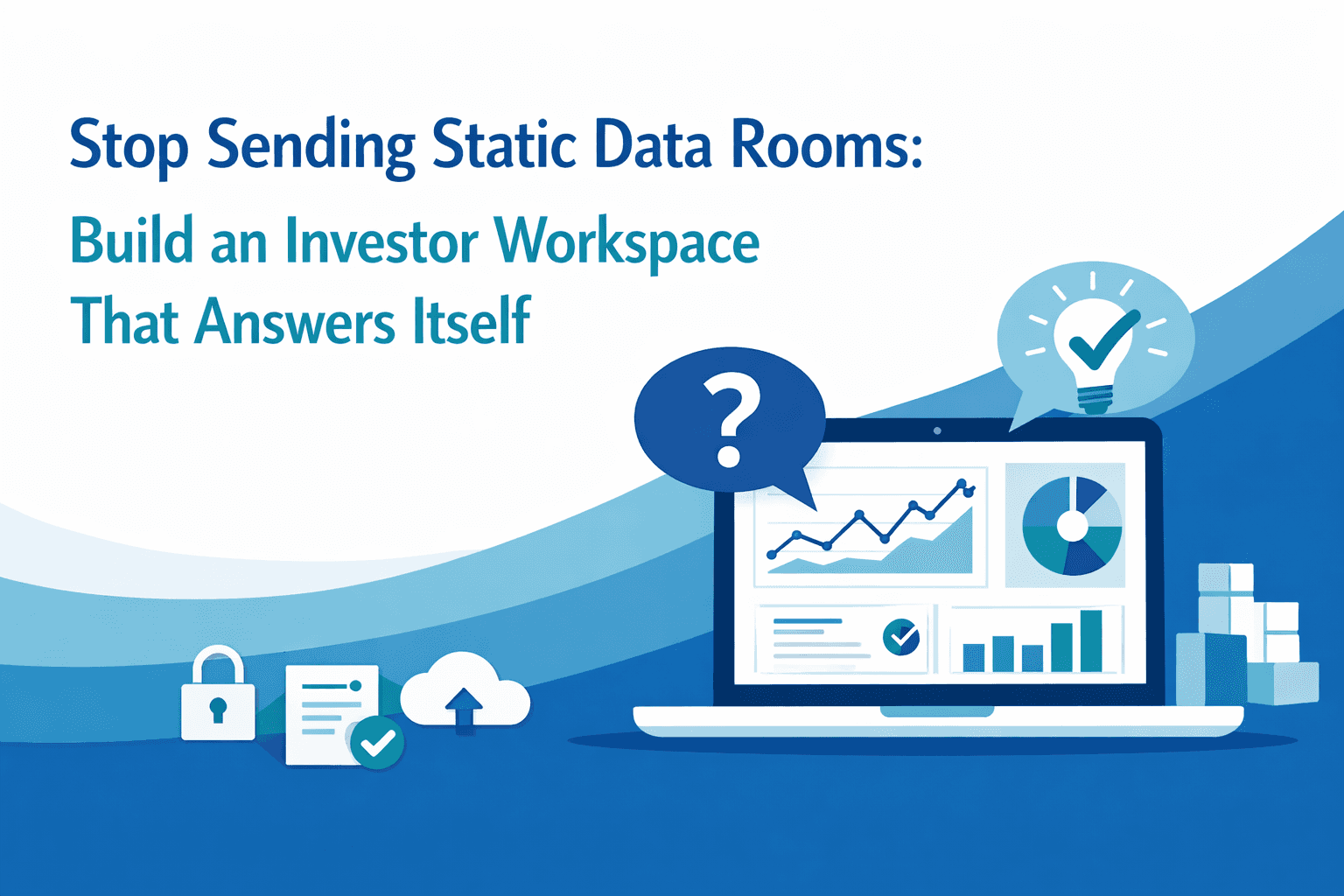Funding Tips
Fundraising
Rethinking Equity in Early-Stage Funding: Protect Ownership in 2025

Adhrita Nowrin
Sep 16, 2025
Equity is not cash in another form. It is time, risk and control bundled into a number on your cap table. Many early-stage founders still trade large chunks of ownership for short runways and vague promises, because conventional advice celebrates money raised rather than ownership preserved. This post reframes equity as a strategic resource. You will learn why investors buy more than shares, how dilution compounds across rounds, and the simple planning moves that keep you in control. If you want to arrive at Series A with real leverage, treat equity like the scarce asset it is and map each raise to specific milestones. Use this guide to set an ownership floor, clean your cap table and choose the right capital for the job.
What Is Equity In Early-Stage Funding?
Equity is a permanent share of your company that conveys economic rights and influence. When you issue equity, you dilute existing holders and shift control dynamics through voting, information and protective provisions. Unlike debt, equity does not need scheduled repayments, but it is costly because you cannot buy it back on the same terms later.
Why Founders Misprice Equity
Optimising for headline raise size instead of post-money ownership.
Underestimating how dilution compounds across multiple rounds.
Treating SAFEs and notes as “free” when they are deferred equity.
Ignoring control terms such as pro rata, vetoes and board seats.
Raising for time rather than for concrete proof points.
The Equity Strategy Framework
1) You Are Selling The Future, Not The Present
Giving away 20 percent today reduces your future optionality. It affects later round geometry, your ability to retain key hires through option pools and your control at exit.
2) Investors Buy Access And Influence
Smart investors value pro rata rights, information rights and governance influence in addition to shares. Assess the full rights package, not only the valuation.
3) Equity Is A Power Decision
Equity choices shape your board, narrative and speed of decision-making. Treat allocations as strategic appointments, not just financing.
New Ways To Think About Equity
1) Treat Equity Like Time
Equity represents years of your future work and belief. Do not part with it lightly or for vague uses of funds.
2) Map Equity To Milestones
Raise only what you need to reach the next proof point such as revenue thresholds, critical hires or product readiness. Reassess once proof is achieved to raise at improved terms.
3) Define Your Ownership Floor
Decide the minimum combined founder ownership you want at exit, for example 40 to 50 percent for two founders. Back-solve round sizes, option pool expansions and target valuations from that floor.
Best Practices
Build a simple round-by-round dilution model before you open a round.
Keep the cap table clean. Prefer fewer committed investors over many tiny cheques.
Tighten terms. Understand pro rata, information rights, vetoes and board seats.
Expand option pools deliberately and model their impact.
Use non-dilutive capital where it fits the task, for example grants or revenue finance.
Tie every pound raised to a dated milestone and owner.
Maintain a living cap table and data room with versioned documents.
What Not To Do
Trade 25 to 30 percent for 9 months of runway without a clear milestone plan.
Stack uncapped or high-discount SAFEs that convert unpredictably later.
Give governance rights casually, such as board seats without clear value.
Send a messy cap table to investors and hope to “clean it later”.
Conflate valuation pride with long-term control.
FAQ
1) Why is equity so expensive?
Because it is permanent dilution of economics and control. Once issued, you cannot reclaim it on the same terms.
2) How much equity should we give away in our first round?
Common ranges are 10 to 20 percent. Model from your milestones, cap table goals and ownership floor rather than copying a rule of thumb.
3) Can we raise money without giving up equity?
Yes. Grants and revenue-based financing are non-dilutive. SAFEs and convertible notes defer pricing but are dilutive when they convert.
4) What is a healthy founder ownership target by Series A?
Many strong teams arrive at Series A with 55 to 70 percent combined founder ownership, depending on team size, option pool and pre-seed or seed structure.
5) Is it bad to have many early investors?
A crowded cap table increases coordination costs and can deter later investors. Prioritise a small set of value-add partners.




